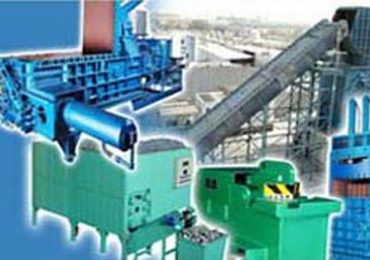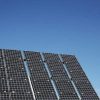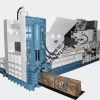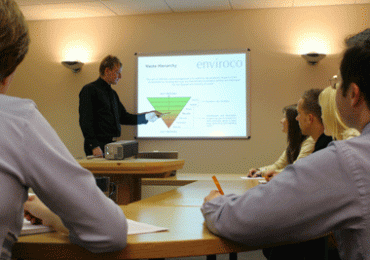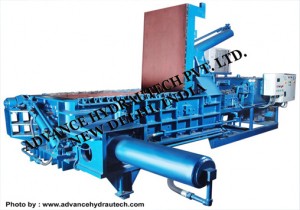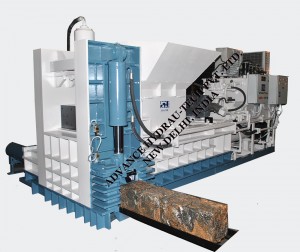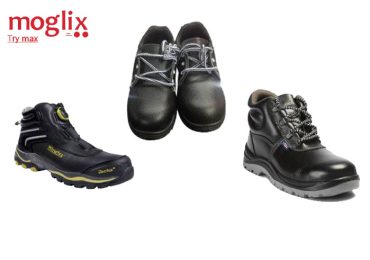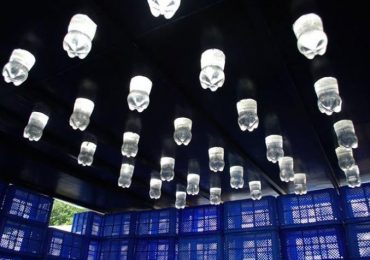Metal waste can become a valuable resource once it passes through a defined recycling process. The cast iron dust for example, is transformed back to cast iron, metal chips/turnings are converted back to the metal, toxic materials are reduced & converted to harmless elements which can either be dumped or reused.
The metal recycling process
The untreated scrap can be a mixture of various ferrous and non-ferrous metals, which needs to be separated first in order to start the recycling process. These elements in the metal scrap are sorting on the base of their properties like magnetic, reactivity and more. Following this step, the metal waste passes through a complete energy circuit that includes baling, shredding, crushing, briquetting, melting and purification as briefly explained below.
Baling
Baling is usually the first step in treating metal wastes. In this process, the metal scrap is compressed into uniform size bundles to ease the transportation and treatment. The compact high density bales utilize maximum area of furnace, consume less storage space while transporting & minimize the losses as well as the time required for treatment.
Shredding
Shredding helps in tearing large scrap into smaller pieces to create high density shredded metal that is free of dust, rust & color contents. This scrap is then passed through a machine that fragments the metal pieces further into smaller pieces by specially designed hammers that are made of alloy steel. These hammers strike the scrap with high torque to shred and shear it until it is converted into sheave size at the bottom of the machine. This shredded metal is then fit to be used in electric furnace or smelted with almost no losses.
Crushing
In metal industries, the waste metal turnings are generally tangled up & occupy lots of storage space which makes it difficult to handle & uneconomical to transport. Using a turning crusher, these metal turnings can be easily and economically cut into tiny metal chips. These crushers are ideal for treating the sharp edged, curled and bulky turnings of steel, aluminium and brass which is crushed under high rotor speed. Even the solid metal parts like screws, bolts or nuts that could be found in the turnings are crushed evenly along with the turnings.
Briquetting
Generally a briquetting machine can produce briquettes that are compressed up to 1:25 ratio of the waste metal. The machine produces a compression of up to 5000kg/sq cm which ensures that all of the metal scrap is evenly and completely briquetted. Such a great reduction in volume of scrap saves transportation and storage costs while minimize the losses incurred during smelting.
Melting and Purification
After being shredded or briquetted, the metal scrap is fed into large melting furnace. For each metal there is a specially designed furnace based on its unique properties. The melting of metal consumes a lot of energy in the form of fuel that is used to maintain very high temperature of the furnace. However, the modern high tech furnaces use efficient burner management systems that are fuel efficient and have reduced impact on the environment.
The melted metal is then purified using electrolysis or other methods after which the purified metal is used for creating new products.
Recycling a metal consumes roughly 75% less energy than extracting new metal. So, it is a moral responsibility of every business to use the world’s scarce resources responsibly; reduce their industrial wastes, lower the environment impact of their industrial wastes and efficiently treat the waste.

